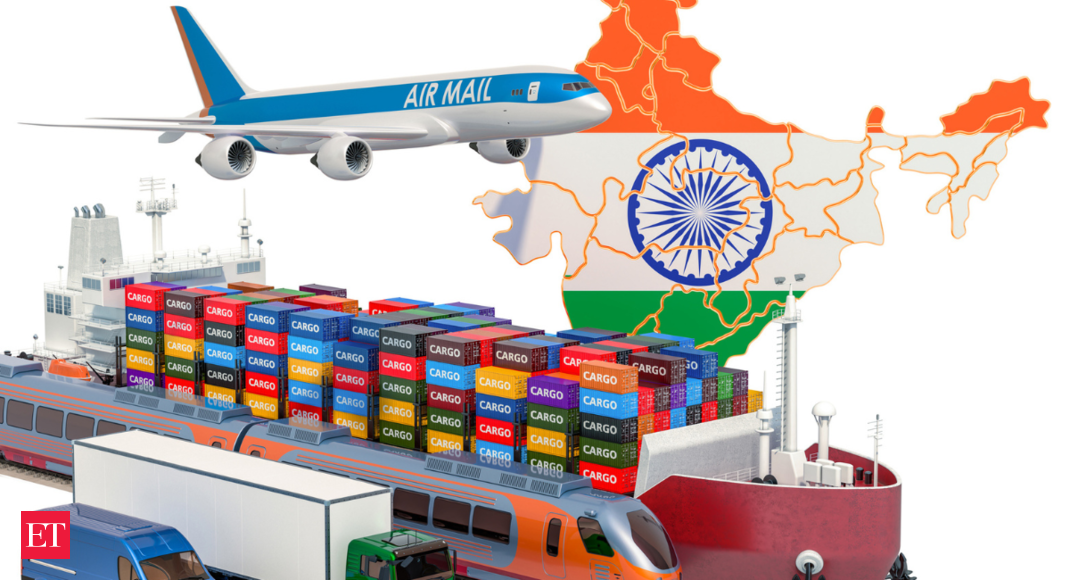India’s merchandise exports have undergone a major transformation in recent years, with a notable shift in the country’s export items. While there has been occasional buzz surrounding the export of iPhones, the change is more comprehensive than just Apple’s flagship product. Between 2015 and 2022, India has witnessed a significant growth in its share of the global export market for machinery, phones, automobiles, and petroleum. On the other hand, the country has experienced a decline in its traditional export items such as gems and jewelry, apparel, meat, and leather articles. For instance, exports of textiles, clothing, and made-ups fell by about 17% year-on-year in FY2023.
Delhi-based trade think tank Global Trade Research Initiative (GTRI) has conducted an analysis of the data, which indicates a remarkable rise in India’s exports in the category of electronics, telecom, mobile phones, etc., from $7.9 billion in 2015 to $26.6 billion in 2022. This represents a 73% increase and a growth in global market share from 0.41% to 0.71%. The analysis also highlights growth in India’s global market share for machinery (from 0.75% to 1.05%) as well as sectors like petroleum and automobiles.
Despite this growth, India’s share in world merchandise export remains relatively low at only 1.8% in 2022. However, when services exports are taken into account, the share increases to 2.4%. In comparison, India contributes 3% to the global market cap and has a 3.4% share of global gross domestic product (GDP). In FY23, India’s merchandise exports reached $447 billion, registering a 6% year-on-year increase. When goods and services are combined, total exports in FY23 amounted to $770 billion, representing a healthy 13.4% rise.
While certain sectors have experienced growth, many traditional sectors have seen a decline in their global market share. For example, the analysis by GTRI reveals that the share of gems and jewelry exports dropped from 7.4% in 2015 to 4.7% in 2022, a significant fall of 36% in seven years. Similarly, exports of apparel, meat, and leather articles also showed substantial drops in the global market. Pharmaceuticals, although experiencing export growth, witnessed a decline in their global market share.
Experts suggest various reasons for these shifts in India’s export patterns. For instance, passing the Development of Enterprise and Service Hubs (DESH) Bill, currently pending in Lok Sabha, is essential to attract major foreign jewellers to invest in India. Additionally, signing more free trade agreements (FTAs) and improving industry-friendly laws under the Special Economic Zone (SEZ) Act of 2005 can make India’s gems and jewelry sector more competitive. Similarly, the PM MITRA (Mega Integrated Textile Region and Apparel) scheme can integrate the textile value chain, lower logistics costs, and enhance the sector’s global competitiveness.
It is important for India to adapt to global trends and invest in new technologies to maintain its competitive edge. The demand for heavy leather jackets and overcoats is slowing down globally, with a preference for light synthetic materials. India also needs to focus on emerging categories like sports shoes, where it currently lags behind. Furthermore, exploring markets beyond the US and Europe and developing new products can help diversify India’s export destinations.
In conclusion, the shift in India’s merchandise exports towards sectors such as electronics, telecom, mobile phones, automobiles, and petroleum, while witnessing a decline in traditional sectors, may not be a temporary change but rather a permanent feature of the country’s trade order. However, in order to sustain and further enhance its export growth, India needs to address challenges in certain sectors, improve competitiveness, attract investment, and adapt to global market trends.











